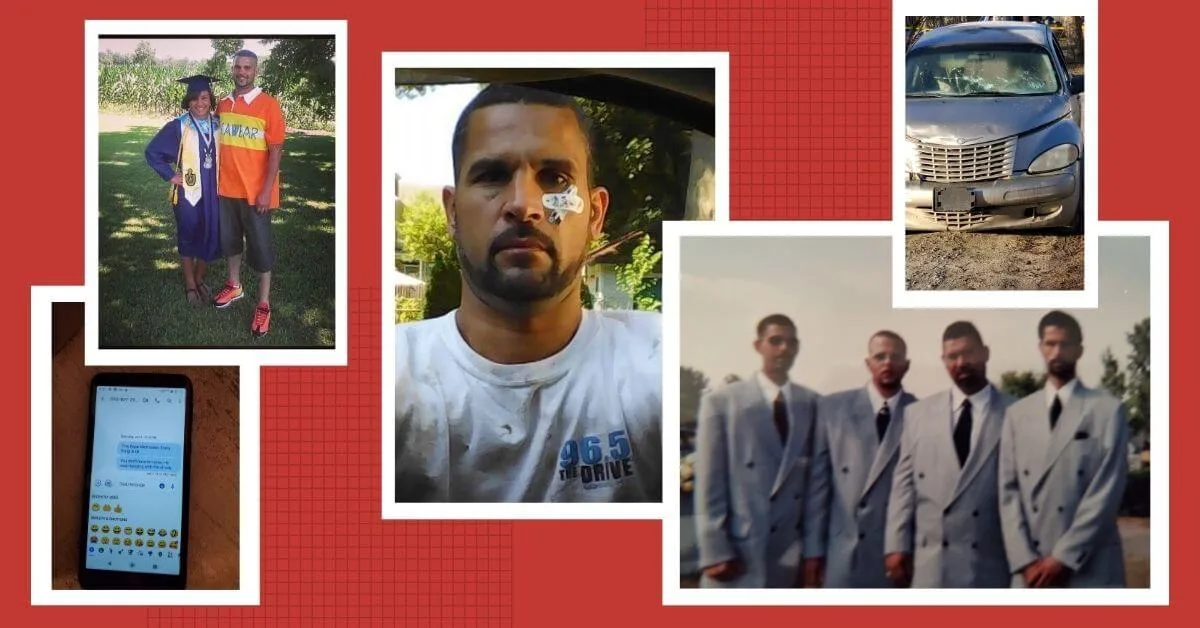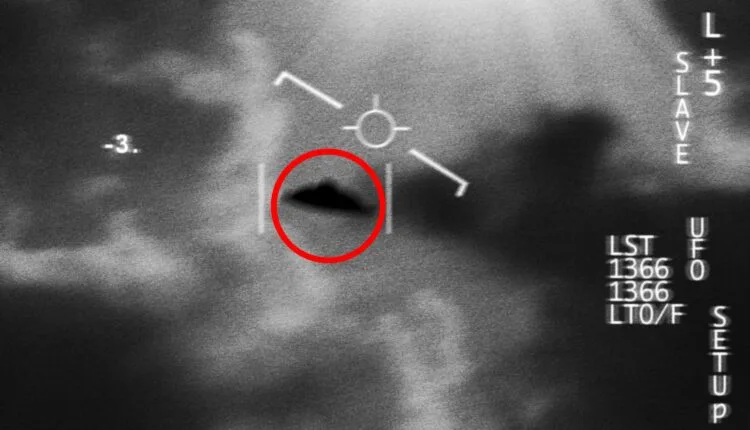
When Matt Oxendine threatened to kill himself, his family called deputies for help. But deputies ended up shooting him to death. Collage from L to R: (1) A text message from Matt's cousin to Robeson County deputies attempting to call law enforcement off shortly before the shooting. (2) Matt with his daughter, Madison. (3) A photo of Matt Oxendine. (4) The Oxendine brothers from L to R, Greg, Marcus, Chesly, Matt. (5) A photo of Matt's car after police shot him 30 times in January. (Collage made by Rebecca Russ)
C&P reporter Michael McElroy shares his list of top stories from 2021 including a vaccine comparison to Patrick Swayze and an in-depth interview with North Carolina’s poet laureate.
It’s always difficult to find the sun on the darkest nights of the year. So it’s kind of a drag that we do all our New Year’s reflection in such bleak winter light.
But looking back is a form of blessing this time of year, even if we can’t always trust the view. Maybe we can learn how to do better in the year to come. Here’s my look at the biggest stories I covered for Cardinal & Pine in 2021.
COVID in its Second Year
Cardinal & Pine will continue to bring you the latest pandemic news and perspective you need to make the best health choices for your family in 2022. We will distill the science behind it all, push back against widespread disinformation, and speak not just to the experts but to the real people behind the data.
As an example of that perspective we offered, did you know that the vaccines are exactly like Patrick Swayze?
Patrick Swayze’s character in the 1987 movie “Roadhouse” trained his fellow bouncers to deal with a bar’s ruffians and bullies. The vaccine does the same for your immune system, even against Omicron to some degree, many studies suggest. With Delta, the vaccine trained our defenses to recognize the troublemakers just inside the door and toss them out before they even really made a scene.
Omicron, unfortunately, is much better at sneaking inside the bar, starting fights and breaking chairs over backs. The Swayze vaccines are still very good at finishing the fight, however. Add in a booster and Omicron’s power is diminished even more.
This is all, of course, not a movie. Omicron may not pose a direct threat to the boosted individual, or make most vaccinated people severely ill, but it still is a very real danger to the unvaccinated and to the hospitals already struggling to care for them. Unfortunately, I’ll likely be writing about this as much in 2022 as I did in 2021.
But unlike last year, we are better prepared and have all the tools we need.
The Life Lost from One NC Law Enforcement Shooting
Matt Oxendine was shot and killed by Robeson County police nine days into 2021. I spoke to his brothers about their efforts to find out why.
Oxendine, 46, was known to officers and had a history of drug use and depression. He had called police that night saying he was going to kill himself. SWAT officers from the county sheriff’s office responded, said they saw Oxendine holding a gun, and shot him dozens of times. A toy gun was found later by investigators.
While George Floyd’s killing and its aftermath played out in public, Oxendine’s death reflects a more common reality for the families of those killed by police, especially in rural communities. These families are often left in the dark about the circumstances and on their own to discover even the simplest details.
In an anecdote I left out of the article, a couple of weeks before he died, Oxendine showed up early one morning at his brother Greg’s house. Their father had left them all parcels of land before he died years ago, but his brothers were holding on to Matt’s until he got his life together. They’d been talking about going to the bank soon and making it official.
Matt walked through the trees and clearings that morning, Greg said, his head full of ideas. He knew where he wanted to put the house the brothers would build together. He talked of one day watching his infant granddaughter play in the yard of this new house. He talked, his brother said, of the future.
Facing the Racism of Our Past Through Poetry
I spoke for more than an hour this summer with Jaki Shelton Green, North Carolina’s poet laureate, for an article about poetry’s historical role in social justice movements. We covered a lot of ground.
Green, the first Black woman named the state’s top poet, writes a lot about social justice.
“I’ve written a lot about the deaths of Black people at the hands of police,” she told me. “As a rural, Southern Black woman of a certain age, I’m exhausted.”
During a reading one year near Charlotte, she said, a tall, older white man sat smirking in the front row. He slouched in his chair, arms crossed, legs stretched out into the aisle where people had to step over him as they sought their seats.
“It was a bully stance”, she said, “and he stayed that way during the entire reading.”
After she finished, he stood during the question and answer portion and said he didn’t have a question, but a comment.
“I don’t like anything you read,” he said, according to Green. “I hate your poetry. I don’t find any hope in it. Who are you to write about the Confederacy?”
The crowd let him have it, she said, but Green also answered him, letting him know that if he was trying to make her uncomfortable, it didn’t work.
“It is your discomfort that propelled you to your feet,” she recalled telling him. “The Confederacy belongs to me, too. And I don’t need your permission to talk about it.”
Politics

Op-ed: Michele Morrow poses a huge threat to NC public schools
Students with disabilities would particularly suffer if Michele Morrow were to become the state Superintendent of Public Instruction, Susan Book...

Biden makes 4 million more workers eligible for overtime pay
The Biden administration announced a new rule Tuesday to expand overtime pay for around 4 million lower-paid salaried employees nationwide. The...
Local News

The 5 most believable UFO sightings ever reported in North Carolina
Read about five alien encounters that may forever remain unexplained. When you think of the most common places where you might hear a UFO sighting...

Good News Friday: It’s a good day to be a fan of the NC State Wolfpack
The men's and women's teams will compete for a national championship in college basketball this weekend. Plus: How to watch the solar eclipse, and...





